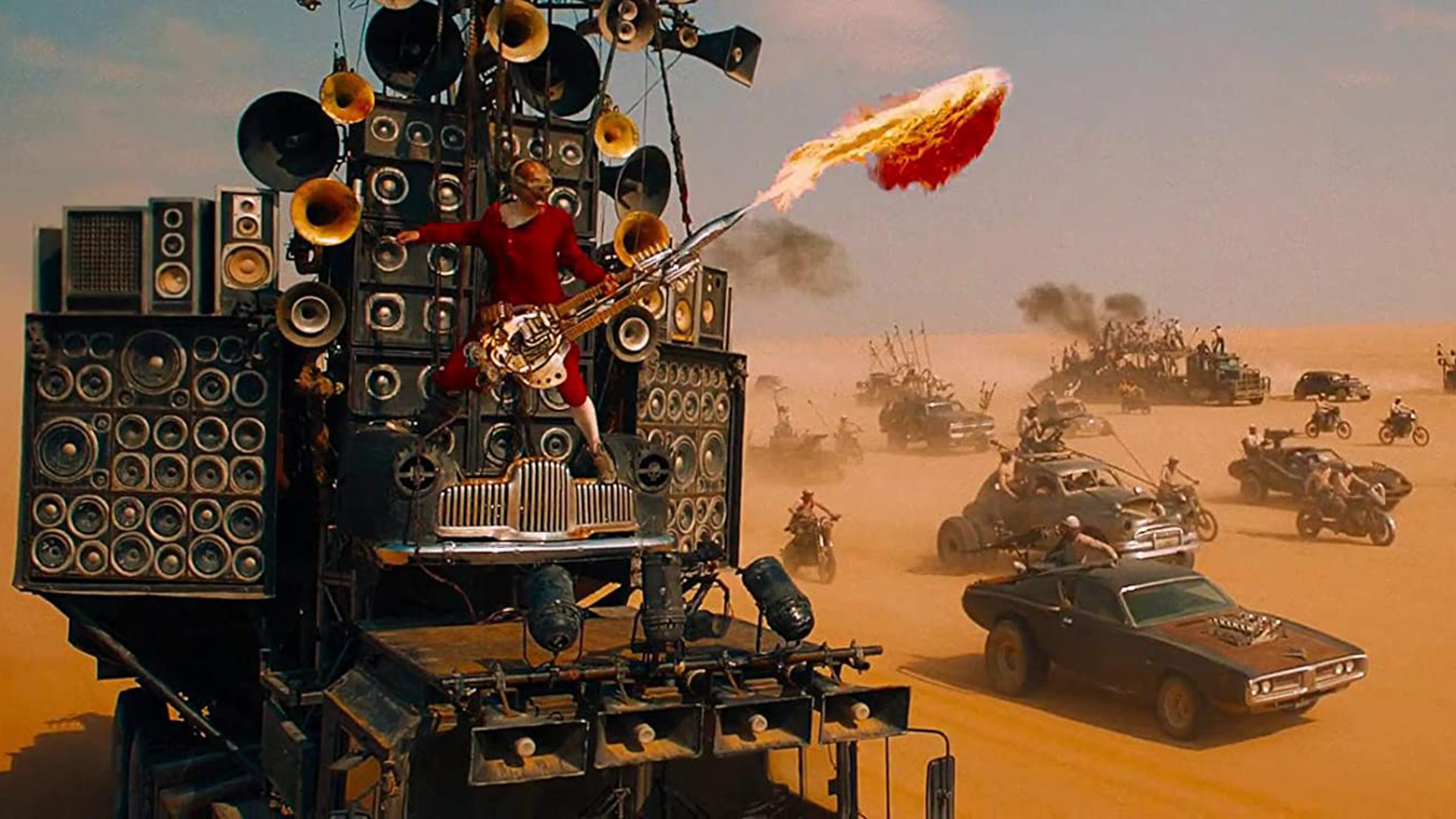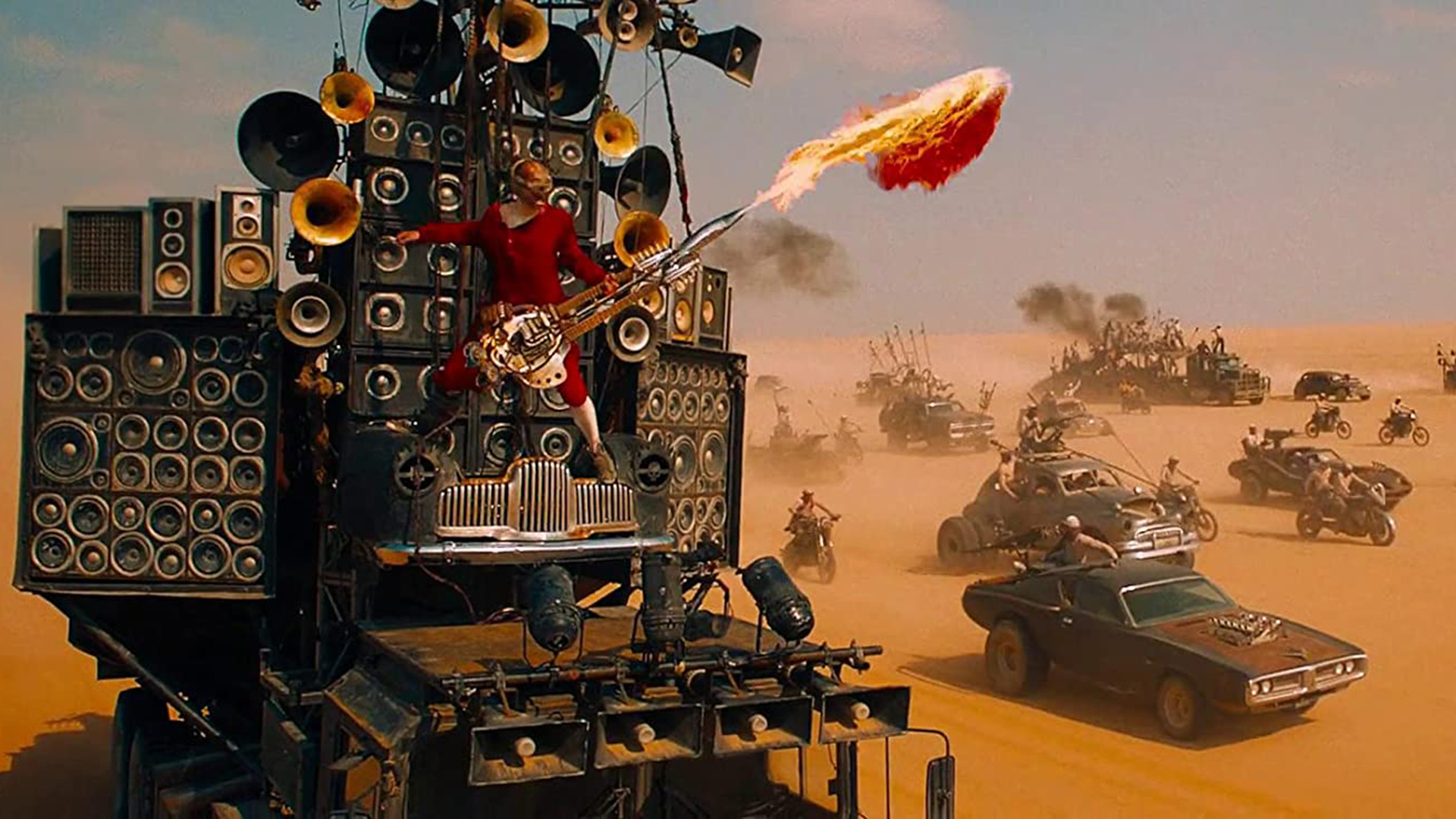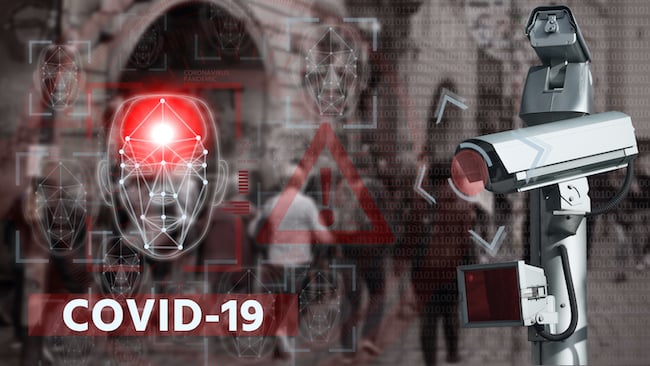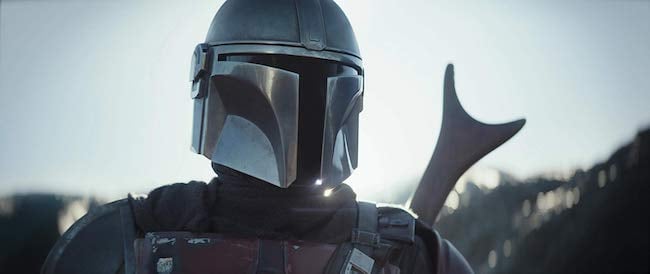
 We sincerely hope this isn't the future of the audio/visual industry!
We sincerely hope this isn't the future of the audio/visual industry!
Worldwide crises have historically often lead to great leaps forward in our use of technology. This one will be no different.
The current Covid 19 crisis has many similarities to a war footing. The enemy might well be unseen, but it has lead to a mobilisation on a scale not seen since WW2. With even Formula 1 companies now designing and producing ventilator systems to help deal with the current emergency, we are seeing multiple expertise coming together in ways that were completely unexpected.
In one instance a group of researchers at the University of Oxford have come up with an inexpensive, simple, and easy to produce ventilator system design, which, assuming it is approved, could help hugely with the current shortage.
Art is born of restriction, but dies of freedom, or so the saying goes. But this also applies to other spheres, particularly technology. When our backs are up against a wall it is often amazing how ingenuity comes to the fore as a concerted effort is made to solve critical problems.
Currently our situation is demanding this ingenuity on all fronts, both social and technological. But while the situation currently looks pretty grim, particularly for freelancers and other types of workers who don't have the cushion of several million quid in their bank account, the world could come out of this a much better place. By the same token things could also go the other way.
And that's one of the critical balancing factors. Right now we may need new technology to help us, as well as deploying existing technology much more effectively.

Security and surveillance have increased, and it may be warranted. But for how long?
Balancing security with privacy
Much has been made of the idea, now employed by other Governments, of tracking the populations cell phones in order to monitor quarantine compliance. This is, clearly, a very slippery slope, but it is easy to see how it can be justified with the majority support of the population. The question, as always, is whether Governments that employ such measures will let go of them once the crisis is over. History tells us that they very rarely do. At least not easily or quickly. After all it could be justifiable to say that they need to keep a track on things even when the widespread danger has passed in order to make sure there isn't a second wave.
It was posited recently that we could all end up with electronic bracelets that monitor our temperature, heart rate and more. Imagine your FitBit watch feeding your health data to a Government repository. The scope for such monitoring could drive you to distraction because "dystopian" doesn't even do the idea justice. A government that knows how you react to things in realtime is not a safe situation to be in.
These are all questions and issues that will need to be tackled later on when the dust, hopefully soon, settles. But what of the now and present?
Remote workflows
There is absolutely no doubt that remote workflows have been driven to the forefront of our industry in a matter of weeks. Equipment sales may well be up, if possibly temporarily, as more people realise that the need to work from home requires more than the most basic laptop. At least if the user doesn't want to be tearing their hair out. Though with most hair stylists out of commission that might not be a bad thing right now!
Frame.io is one of the companies at the forefront of the type of remote workflow that anyone can take advantage of. Particularly if you use DaVinci Resolve, as long as the footage has been uploaded to Frame.io's servers you can edit it. This does require a pretty monumentally fast internet connection to be fully effective, but it is a solution that barely requires any setting up beyond a few clicks of a mouse or trackpad. It's about as simple and straightforward as it is possible to get.
But this isn't without its risks. As we've seen, both Netflix and Amazon are having to restrict bandwidth due to the demands on the system. This isn't necessarily to protect their own services, but to avoid grinding the internet to a halt thereby hindering other, more essential, internet services as more people are isolating at or working from home. As remote workflows go up in exponential popularity in a short period, you can only imagine the demands that will be placed on bandwidth.
The obvious elephant in the room
The clear limitation here is that it's no use having a remote workflow setup if the actual film or video shoots themselves have been cancelled and no new content is being produced. There will only be so many projects that are just waiting for post production to be performed. But to focus on this misses the point somewhat.
The current crisis is forcing companies and workforces to experiment with working practices and technology that at any other time they would have dismissed as financially or productively risky. The results of this experimentation will open our eyes to what we consider to be normal practice within the industry. It will make us less afraid of things we avoided spending much time looking at previously.
It might even spur development of more practical solutions for isolated filming and content creation. The dichotomy is that as there are more people at home, they will want more content to watch. But with many countries on lockdown nobody can effectively go out to make it! The likes of Stephen Colbert and Seth Meyers may well be producing alternative content from their homes to fill their programme slots, but this can only go on so long. What's clear is that low cost video cameras, or even smart phones, are making such content possible right now, even if their stars may have been dulled by the lack of a live audience.

The Mandalorian made extensive use of photorealistic virtual sets thanks to the power of Unreal Engine
Virtual personalities
We have entered unchartered territory. Depending on how things go at some point there's going to be some serious issues with regards to news gathering and filling our programme schedules. With major soap operas now on hold, there's probably only so many repeats of Dad's Army that can be put out on repeat (again). It might sound like I am not being serious, but this is potentially one area where absolutely photoreal 'virtual' versions of actors and personalities would come into their own.
Motion capture performed from home anyone? A photoreal news reader in a virtual news studio mo-capped in real time from the real person while they sit in their living room? If the results are indistinguishable from reality would we care about such a thing? It might not even require mo-cap. If AI can replicate the result from the newsreader producing the audio things will be simplified even more. Could this benefit someone like Stephen Colbert? It's dubioius because it's clear that such people feed off the energy and laughter of their live audiences. But perhaps there might be a virtual way of solving that in the future? It's something that might have to be looked at seriously. It definitely falls into the 'slippery slope' category, but it would solve a big problem.
Even if the crisis subsides soon, something that is now looking increasingly unlikely, one thing is for absolute certain. In the western world we have learnt very starkly and very suddenly that it can happen here. No longer can we live with the false certainty that our lives will always be relatively free of the risks of widespread life threatening events. It is no long something that just happens on the 'other side of the world'. And now everyone from governments to technology producers to freelancers know now that they need some sort of serious contingency plan. The future might not be different from what we thought it would be, but it will be happening much sooner.
Tags: Technology


Comments